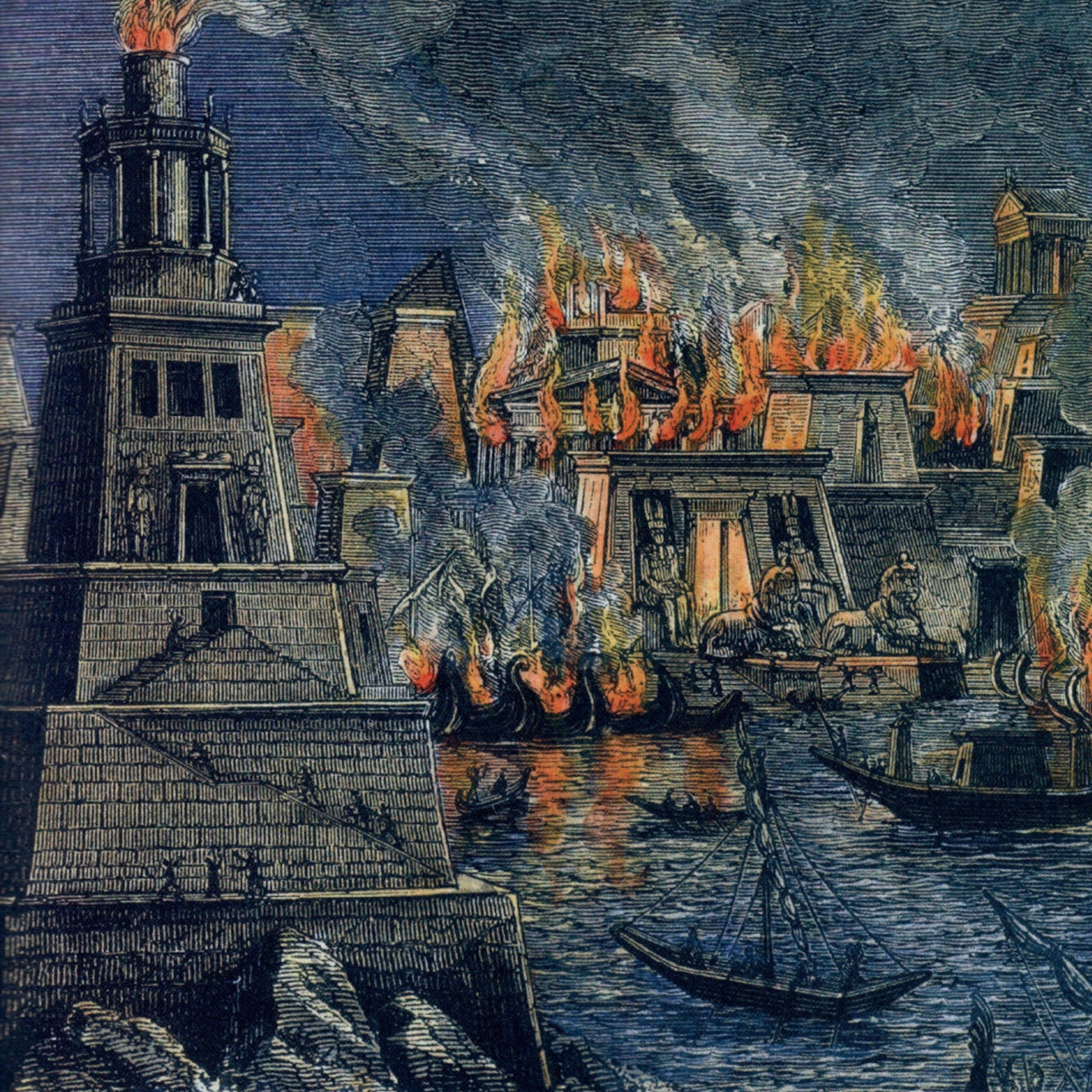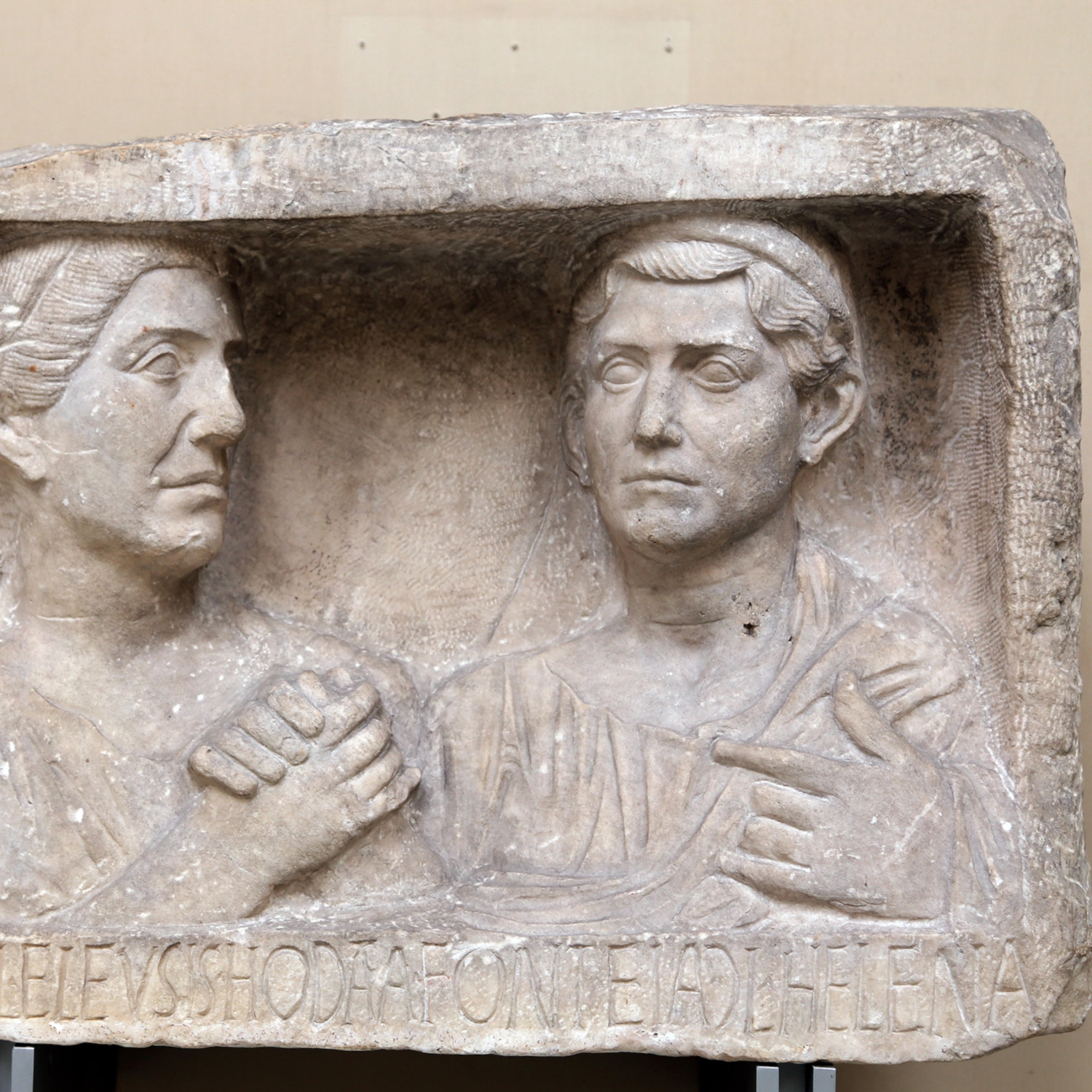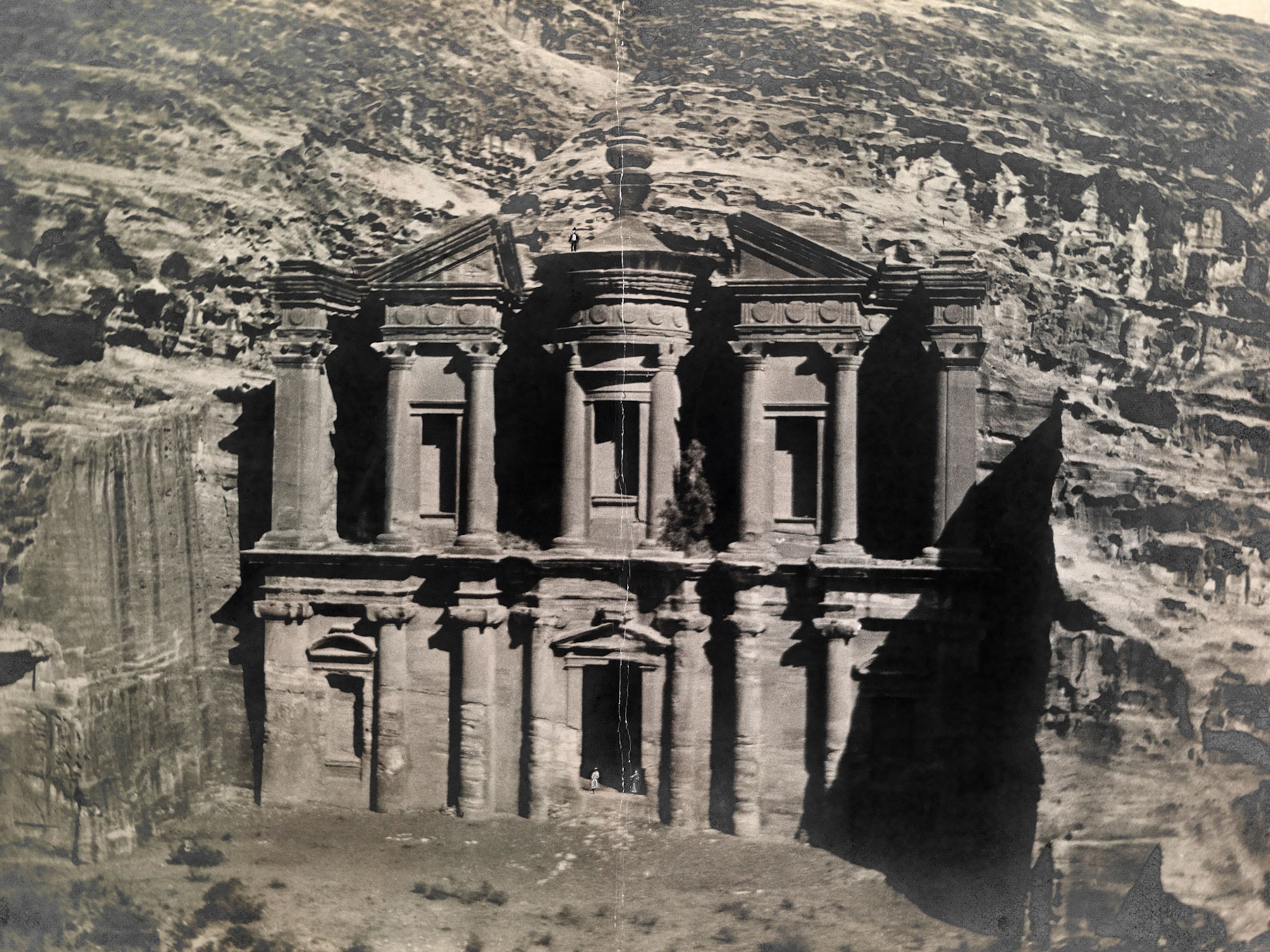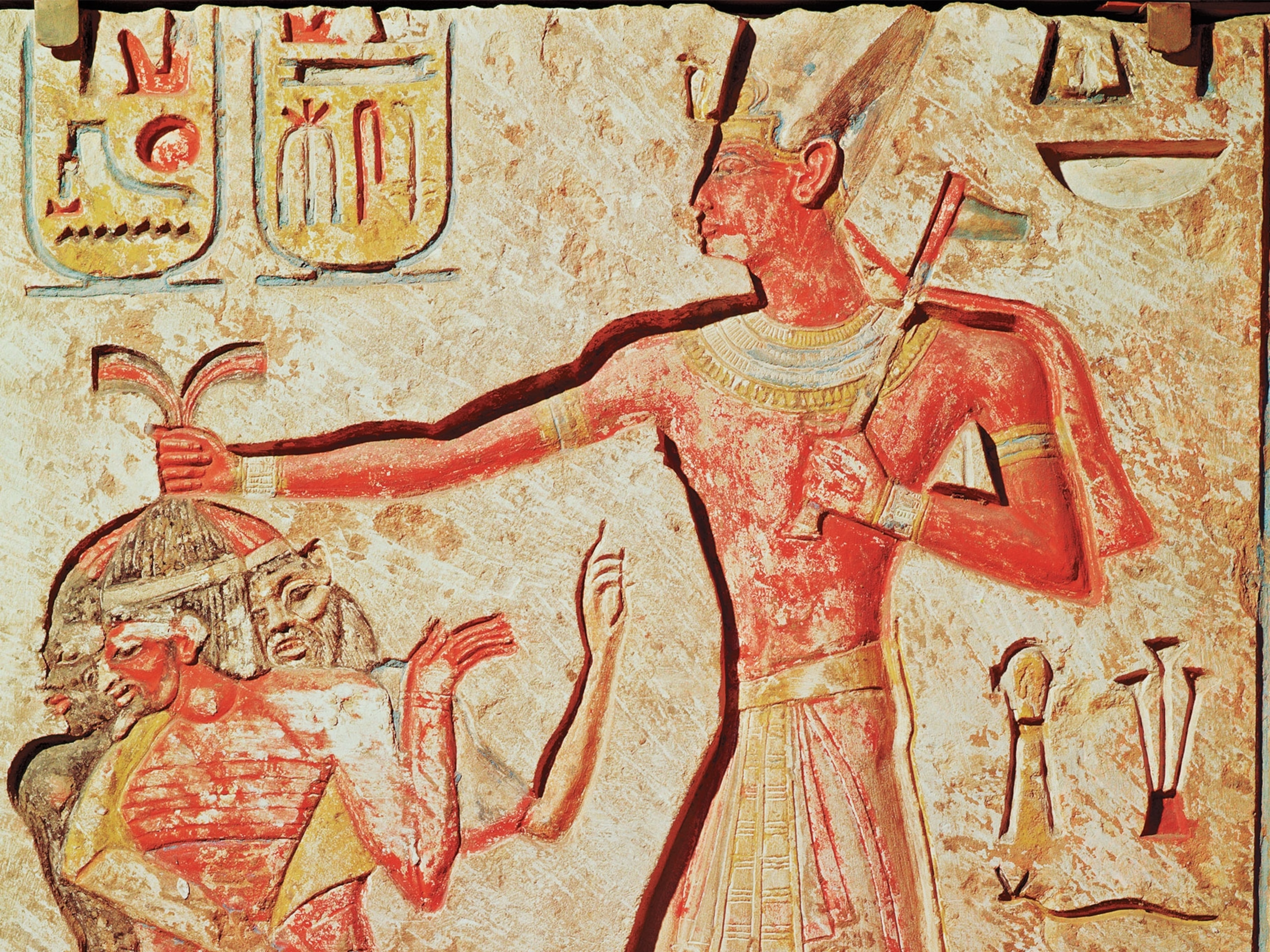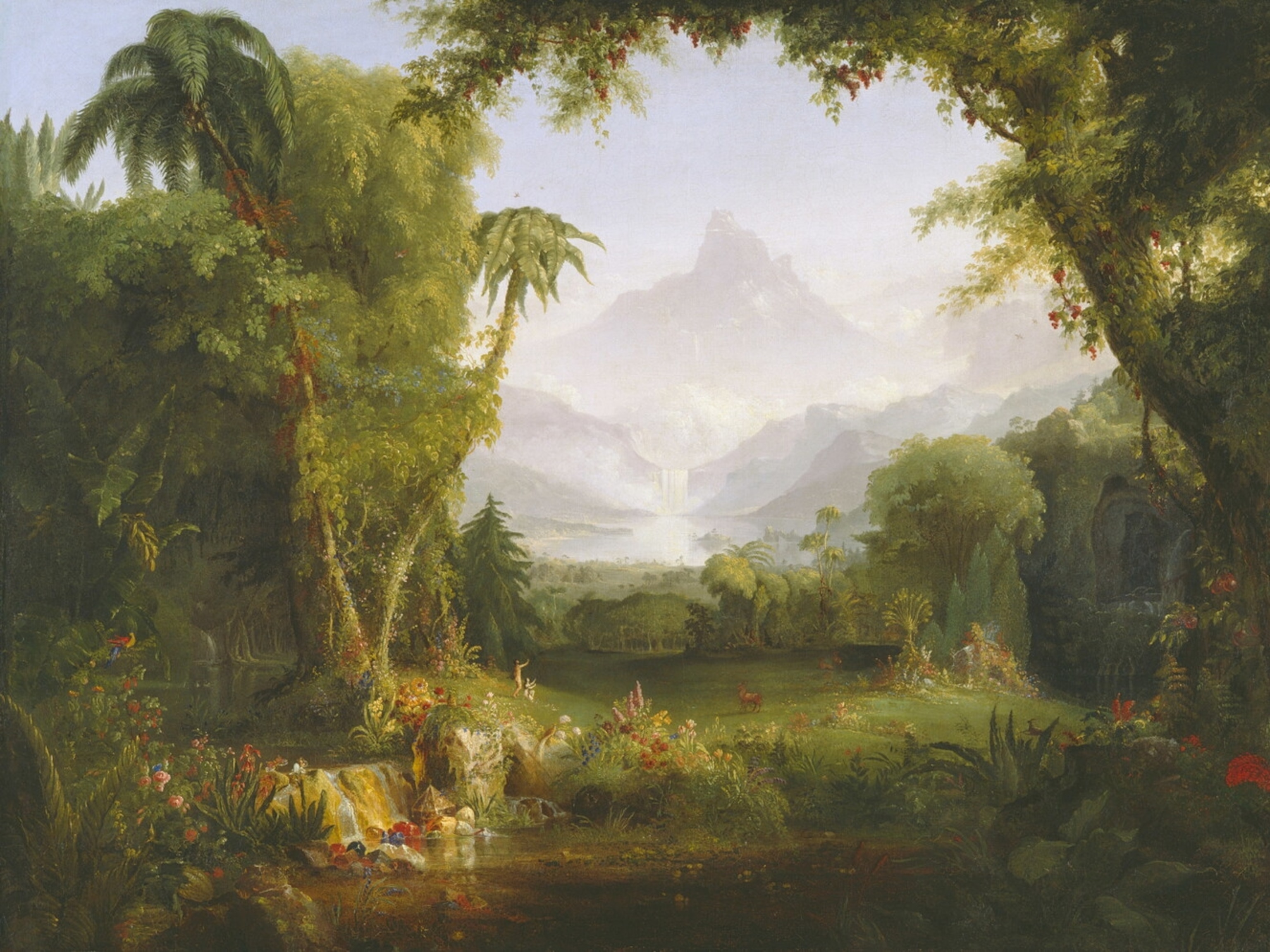
These 5 cities vanished without a trace. We're finally learning their stories.
Historical sources are overflowing with mentions of places like Tanis, Helike, and Roanoke, but archaeologists are still searching for their exact locations. The histories they're piecing together are astonishing.
Athens, Thebes, Rome, and other great cities left behind proof of their cultural, educational, and political domination in structures and artifacts that exist to this day. But there are other historic civilizations that also prospered—then evaporated. A former capital of Egyptian dynasties, a Greek religious and cultural center, the first English foothold in the Americas, and more—all gone, without a trace. Legends swirled for centuries about their existence, until relatively recently, when archaeologists began discovering their long-lost secrets. Little by little, their elusive stories are emerging. Here are some of the findings.
(These four lost cities were jewels of ancient Africa. What happened to them?)
Fertile metropolises in the Indus Valley
The Indus Valley civilization, equal in power to Mesopotamia and Egypt, reigned between about 2500 B.C. and 1700 B.C. in what is now mainly Pakistan on the Indian subcontinent. Mesopotamia and Egypt evolved over time, conquerors and conquered, merging with other cultures. But the Indus Valley civilization, the largest of the three, collapsed and vanished. No one knows why.
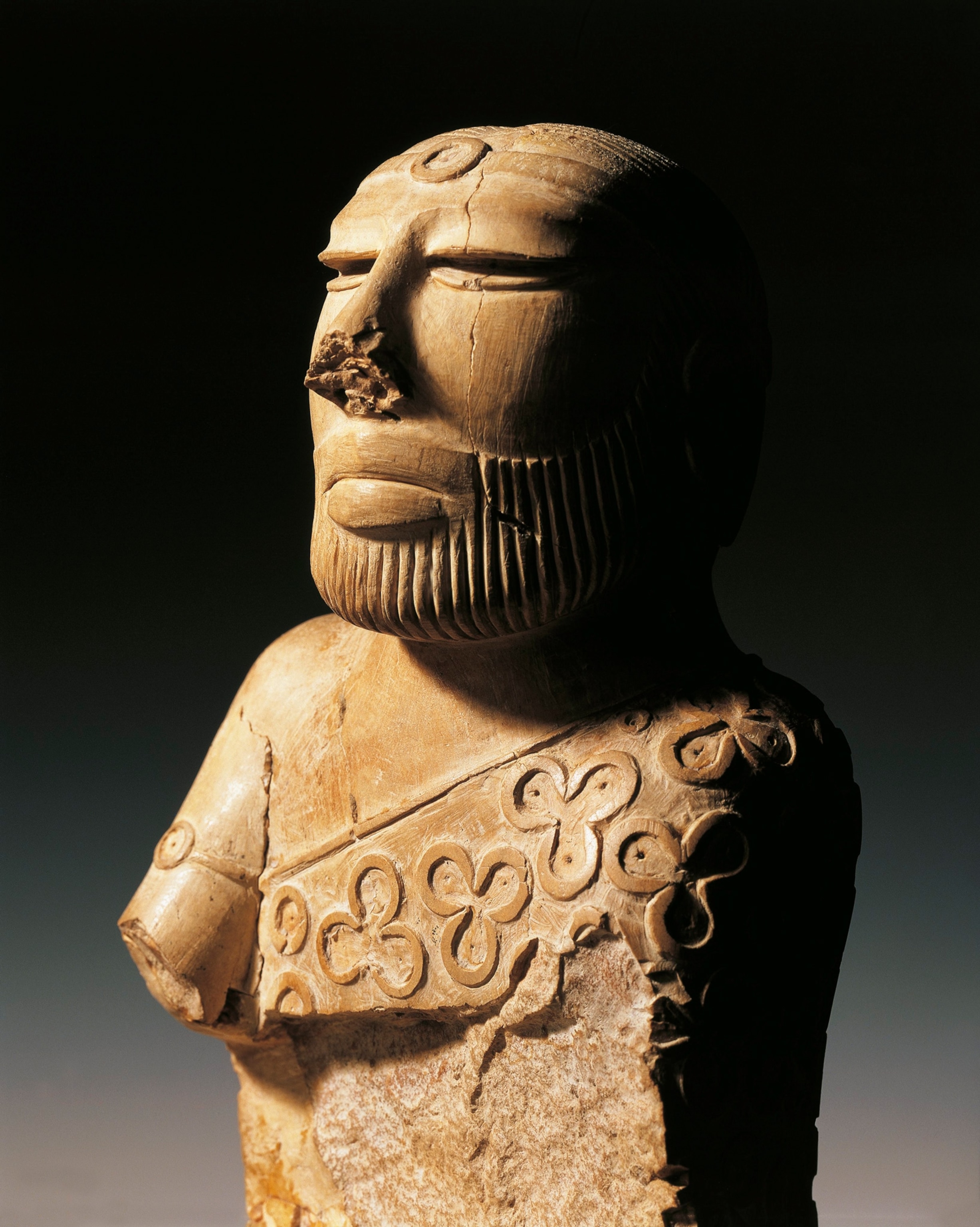
The Indus Valley people benefited from the highly fertile lands of the Indus River floodplain and trade from nearby Mesopotamia. Two cities, Harappa and Mohenjo-Daro, once home to 40,000 to 50,000 people, testified to their sophistication and central planning. They were farmers, traders, and artisans. The culture was literate, with an elaborate script that remains largely undeciphered. Important innovations included standardized weights and measures and stone seal carving.
(Rival to Egypt, the Nubian kingdom of Kush exuded power and gold.)
Such a civilization seemed primed to spread through the fertile regions around it. Yet around 1900 B.C., invaders wiped out the great city of Mohenjo-Daro. And, according to recently analyzed river sediment in the Arabian Sea, heavy monsoons during an Arctic freeze may have driven the civilization into the hills. Archaeologists continue to dig, looking for clues to piece together the story of this mysterious culture.
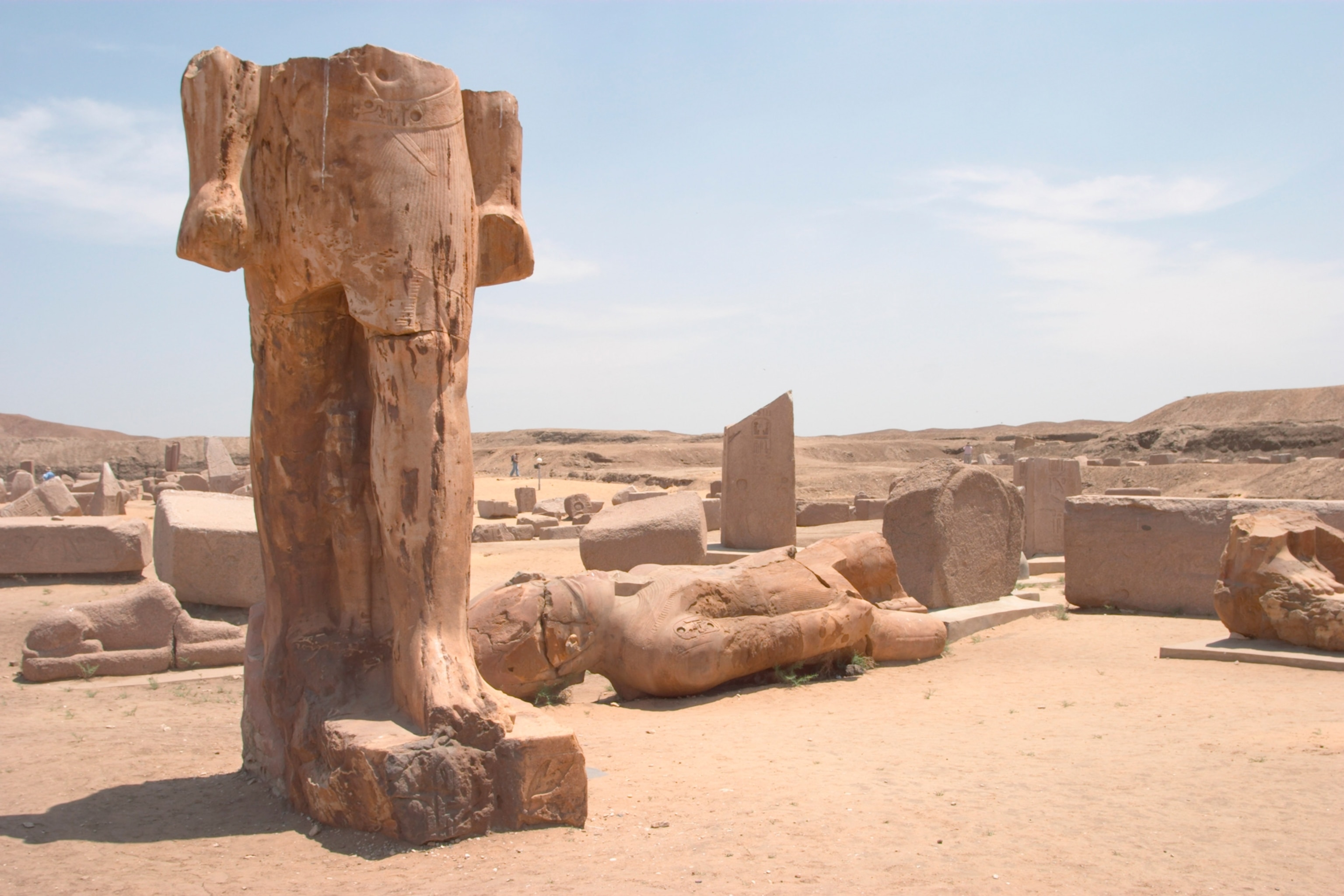
An Egyptian capital and thriving commercial center
The riches uncovered from the ancient city of Tanis, located on the Nile Delta northeast of Cairo, include a royal tomb complex filled with golden masks, jewelry, silver coffins, and other treasures rivaling those of King Tut. And yet, few people have heard about this spectacular archaeological site. Readers of the Old Testament may know it as Zoan, where Moses was said to work miracles. Today it is called Sân el-Hagar, a small, otherwise uneventful, town.
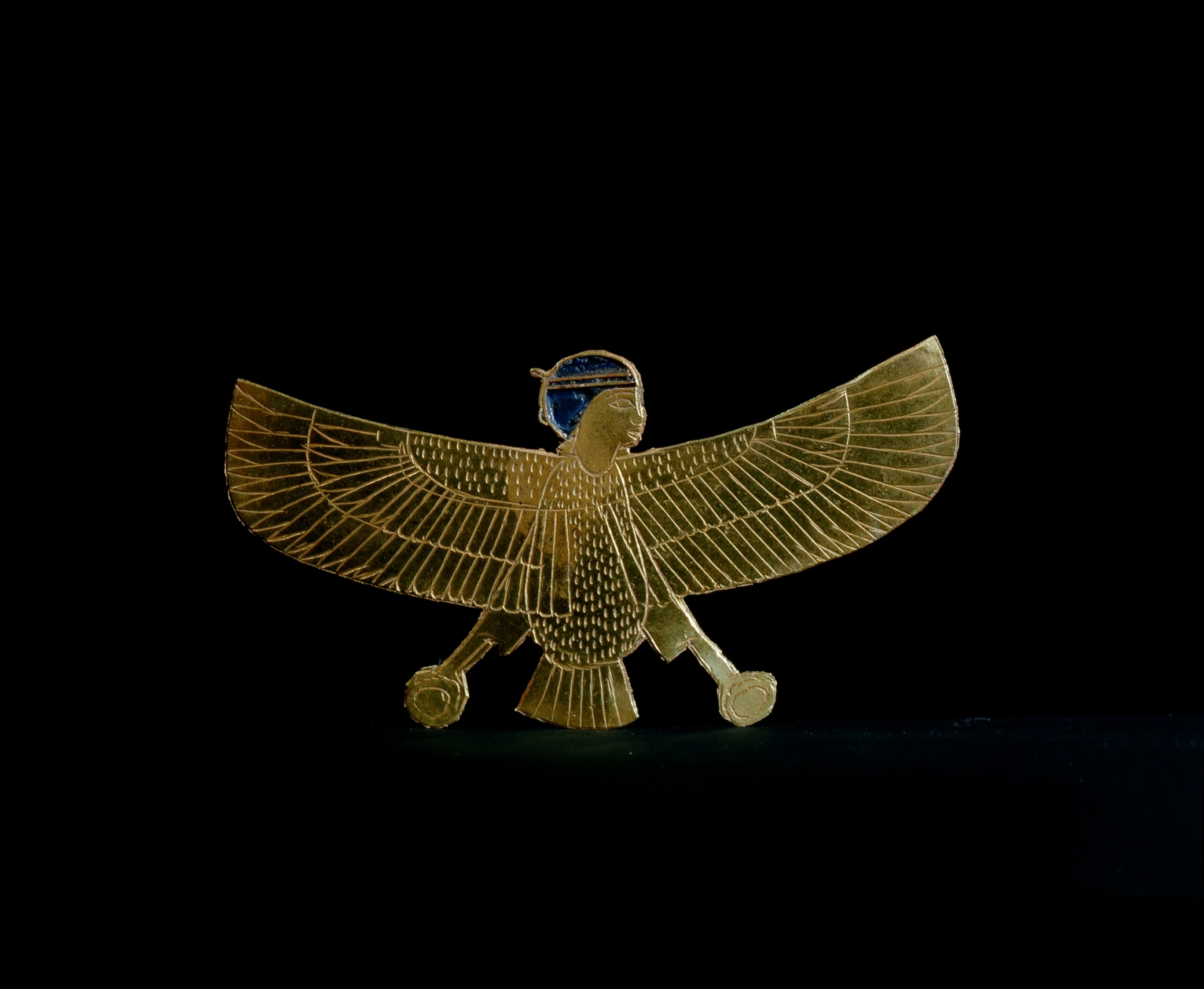
But back in the day, the historical city of Tanis reigned as the capital of 21st-dynasty Egypt and a wealthy commercial center long before the rise of Alexandria. And then it disappeared beneath the sands when the river shifted its course.
(The true story of the "lost city" made famous by Indiana Jones.)
European investigators began to uncover portions of the city by the 19th century, but the most spectacular finds came in 1939, when French archaeologist Pierre Montet uncovered a royal tomb complex that included three intact and undisturbed burial chambers. Sadly, World War II intervened and eclipsed his discoveries. Though some of Tanis’s treasures can now be found in Cairo’s Egyptian Museum, and a sacred lake dedicated to the goddess Mut was located in 2009, scientists know there is more to be discovered. Infrared satellite imagery reveals more buildings waiting to be uncovered.
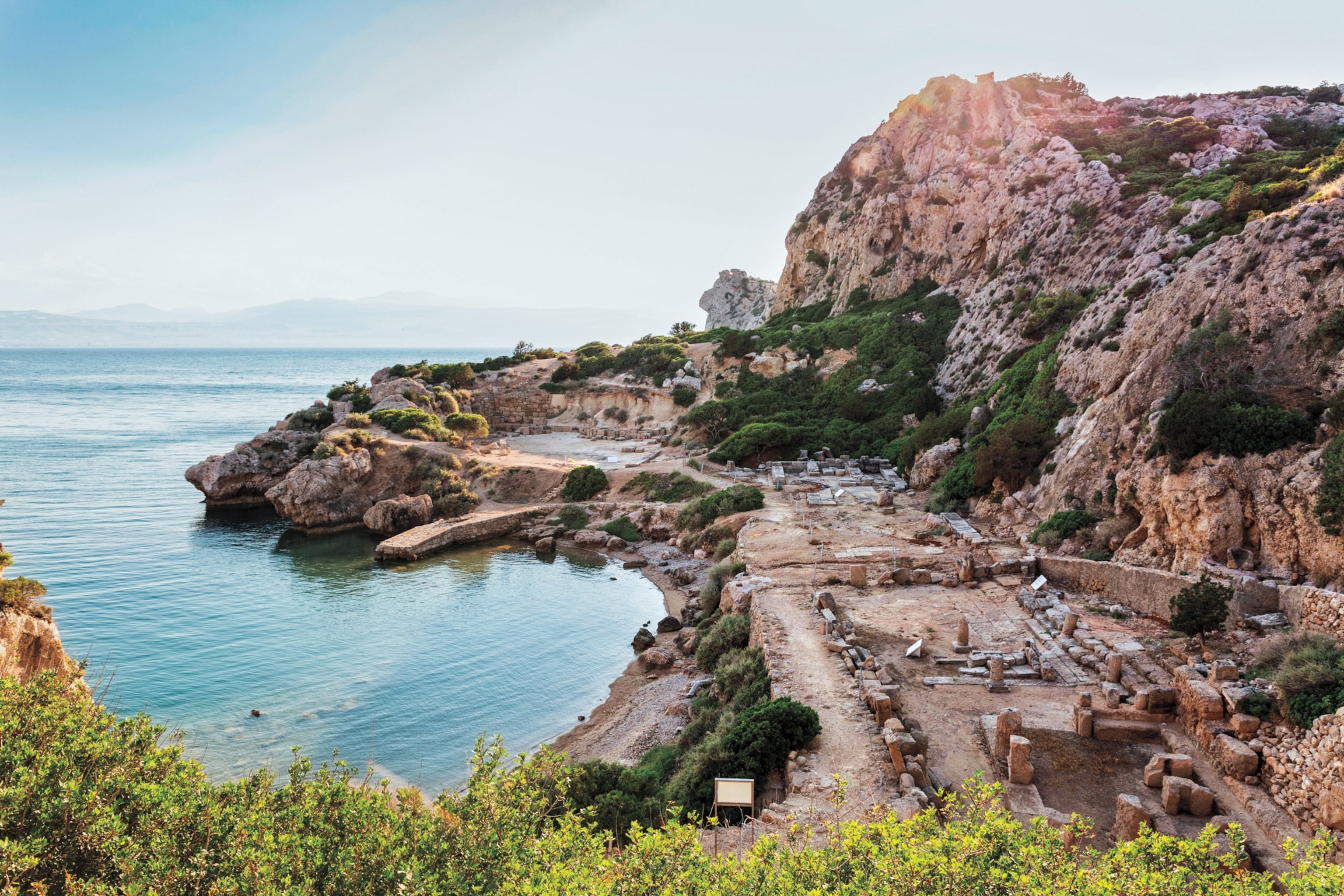
An influential Greek city-state
The ancient Greek city-state of Helike ruled as an important economic, cultural, and religious center. Listed among Agamemnon’s allies in The Iliad, by the fourth century B.C. it led the Achaean league, a protective confederation of cities (including Aigo, which still exists today). It even established colonies, including Sybaris, in southern Italy.
According to classical historians, in 373 B.C. Helike suffered a catastrophe. It's said for five days, snakes, mice, and other creatures deserted the city for higher grounds; then, an earthquake struck, the city plummeted into the ground, and the ocean washed over it, killing all residents.
(These ancient peoples were the innovators of their times.)
The vanished city faded into legend, its exact location unknown. Many 19th- and 20th-century explorers, including Jacques Yves Cousteau, searched for it in vain in the waters of the Gulf of Corinth. In 2001, an archaeological team turned its attentions inland to the delta formed by rivers flowing into the gulf. There they finally found it: fourth-century B.C. walls, coins, and pottery buried under centuries of silt. The long-lost city, a possible inspiration for the tale of Atlantis, had appeared once more. Excavations continue to this day.
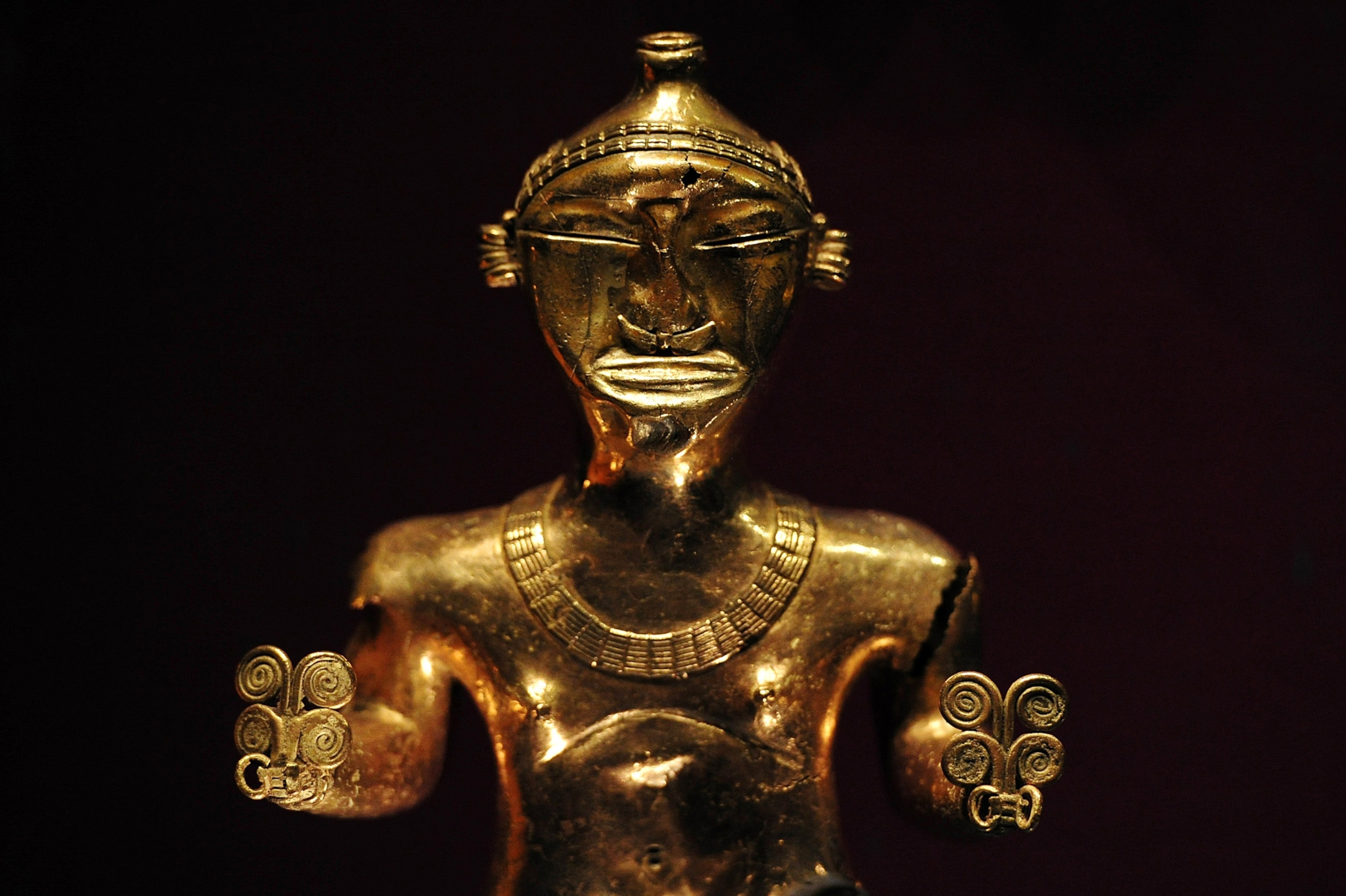
The legendary golden city
Spanish explorers in South America heard about the legend of El Dorado in the 1500s. Somewhere in the Andes, they were told, the indigenous Muisca people initiated a new chief by dusting him with gold from head to foot and tossing gold and emeralds into a sacred lake. The chief was known as El Dorado, the Golden One.
Besotted with greed, Spanish, German, Portuguese, and English adventurers ventured into the unforgiving wilds of Colombia, Guyana, and Brazil—and anywhere else that sounded promising—in search of this mythic treasure, suffering snake bites, disease, and death by starvation. Over time, El Dorado went from being a man, to a city, to a valley paved with gold, just waiting for discovery. No golden trove was ever found.
(These 5 ancient cities once ruled North America—what happened to them?)
There may be some truth to the legend, however. The lake mentioned in the Muisca story may be Laguna Guatavita, high in the Andes near Bogotá, Colombia. Some golden objects and jewels have been dredged from that body of water and another nearby, but attempts to drain the lake and recover the reputed riches have all failed. Whatever treasure is drowned there remains undisturbed.

An ill-fated lost colony
In August 1587, a group of 115 or so English colonists landed on Roanoke Island, off the coast of what is now North Carolina. They were led by colonial governor John White, and included his son, daughter-in-law, and eventually granddaughter Virginia Dare, the first English child born in the Americas. A few months later, White sailed to England for supplies. When he finally returned three years later, no one was there. There was no trace of a struggle—the only clues were the words “Croatoan” and “Cro” carved into a wooden post and a tree. The lost colonists were never found.
The 2012 discovery of a map of the “Virginea Pars” area drawn by John White revealed plans for a secret fort at the end of Albemarle Sound, 50 miles west of Roanoke. There, at two sites located two miles apart, researchers uncovered a trove of European artifacts near Native American village Mettaquem that make a compelling case of belonging to the vanished 1587 colony.
(Newfound survivor camp may explain fate of the famed Lost Colony of Roanoke.)
Just months before, an archaeologist claimed to find artifacts related to the missing colonists on modern Hatteras Island, some 50 miles south of Roanoke—then Croatoan island, home of the Croatoan tribe, where they may have taken refuge. Findings include a sword hilt, broken English bowls, and a fragment of a slate-writing tablet still inscribed with a letter. America’s first “lost” colony may have split up and assimilated into Indigenous villages. Archaeologists continue to search for clues.
To learn more, check out 100 Greatest Mysteries Revealed. Available wherever books and magazines are sold.


